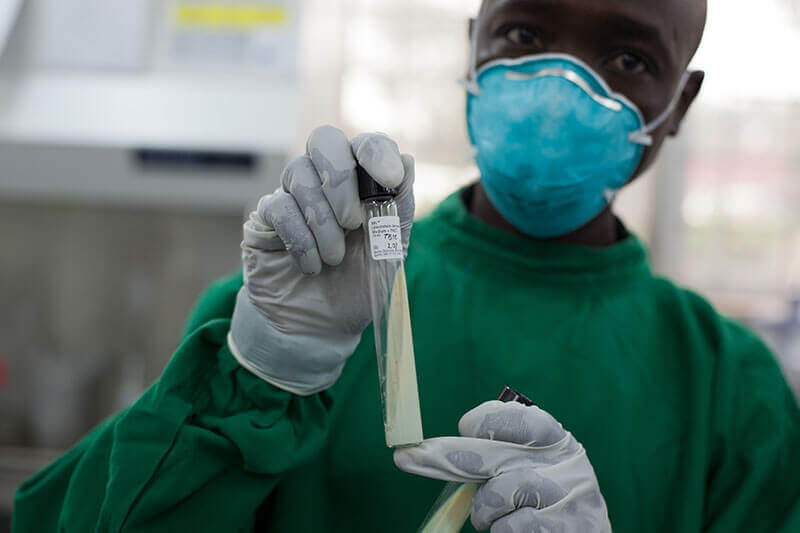Danielle DoughmanResearch!America
Danielle Doughman is Program Manager of Global Health R&D Advocacy at Research!America, a nonprofit that advocates for science, discovery, and innovation to achieve better health for all.
Research!America, a member of the GHTC, recently conducted analyses across a select group of target states to measure the health and economic impact of global health research and development (R&D), highlighting its benefits for states across the nation and strengthening the evidence base for Congress' support of federal investments in global health R&D. Danielle Doughman, Program Manager, Global Health R&D Advocacy, wrote this blog post to share the organization’s findings in the state of California. This post is the first of a series in which Research!America will continue to profile various states from around the country.
Global health research not only has the potential to save lives and prevent disabilities, it is good business. And Californians agree. A clear majority—58%—agree that global health research is important to the state’s economy, and 70% agree that Americans would be better off if the United States invests in global health research.
The need for better drugs, vaccines, and diagnostics for diseases that disproportionately affect the poorest and most vulnerable—about one in six people around the world—has been well-documented on this blog. The diseases include ones we’ve all heard of, like HIV and AIDS, but also killers that receive less attention, such as pneumonia and diarrhea.
As part of our examination into what the United States is doing to advance global health R&D and why our continued support of such work is crucial for the health and prosperity of our future, we will examine six US state case studies, starting with California. California’s world class universities, businesses, and nonprofits create a robust global health sector with significant impacts on job creation, tax revenue and health.

In 2010, the state received $3.3 billion from the National Institutes of Health, the world’s largest funder of global health research, supporting more than 62,000 high-quality jobs in the state. Overall, the global health sector supported 350,000 jobs in California with $19.7 billion in wages in 2007, the most recent year for which data are available.
There are many, many public, private, academic, and philanthropic partners doing notable work in California and fostering productive collaborations across the United States and around the world. Here are just two examples:
What’s more, the same strategies may be applied to the development of a universal flu vaccine, potentially eliminating the need for annual flu vaccinations. Between 1976 and 2006, estimates of flu-associated deaths in the United States range from a low of about 3,000 to a high of about 49,000 people, so a universal flu vaccine would help save lives here in the United States and around the world.